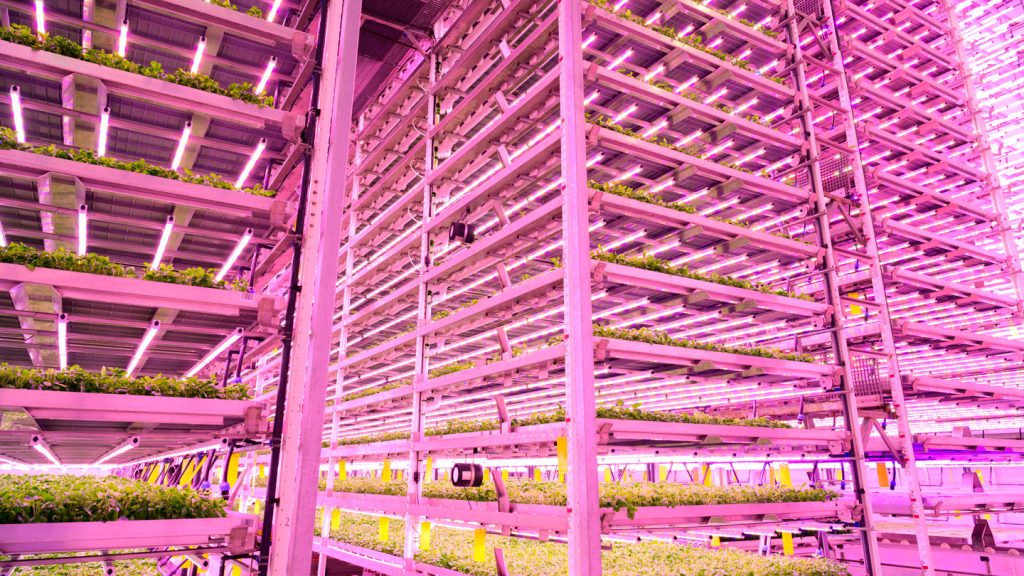Vertical indoor farming is a method that allows for the production of more food per square foot while using less land and water than traditional outdoor farms. However, one of the biggest challenges faced by indoor farmers is the high electricity costs associated with this technique. In an effort to optimize both photosynthesis and reduce electric bills, researchers have designed a computer program that controls lighting intensity. This program adjusts grow lights hourly based on the changing cost of electricity, potentially slashing electricity costs by up to 12 percent for vertical farms.
A study conducted by horticulturist Leo Marcelis and his colleagues at Wageningen University in the Netherlands tested the effects of dynamic lighting on indoor crops such as basil, spinach, and arugula. They compared plant growth under high-then low-intensity lighting intervals and morning-intense to afternoon-dim light patterns. The results showed that the mature weight and leaf area of the plants grown under dynamic lighting were comparable to those grown under fixed intensity lights. This suggests that indoor farms have the potential to save on electricity costs with the implementation of dynamic lighting.
While the new computer program did not determine the experimental lighting conditions in the study, it indicates that there is room for indoor farms to reduce electricity consumption. However, further research on a larger scale is needed to fully understand the benefits and limitations of dynamic lighting for indoor crops. Marcelis plans to continue experimenting with dynamic lighting to determine the optimal lighting conditions that can benefit indoor farming.
Plant physiologist Fatemeh Sheibani from Purdue University views the study as a promising start for further research. She emphasizes that dynamic lighting is not yet a near-term benefit for vertical farming and that the work is still in its preliminary stages. The study opens up possibilities for more research into how dynamic lighting can be used to optimize indoor crop growth and reduce energy consumption in the future. Improved understanding of dynamic lighting effects on crops could lead to significant cost savings for indoor farmers.















